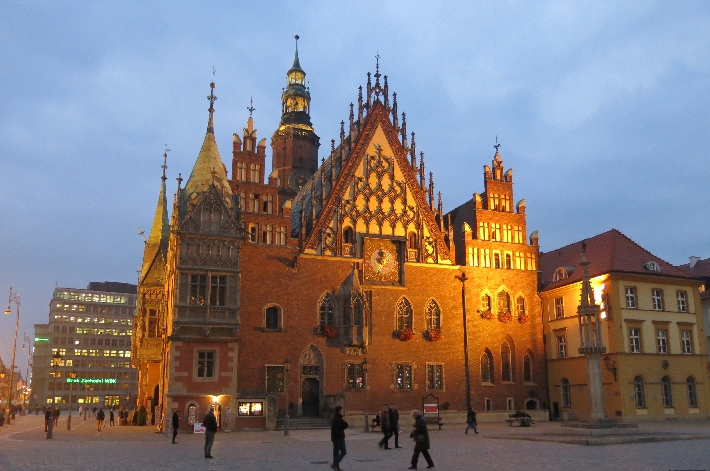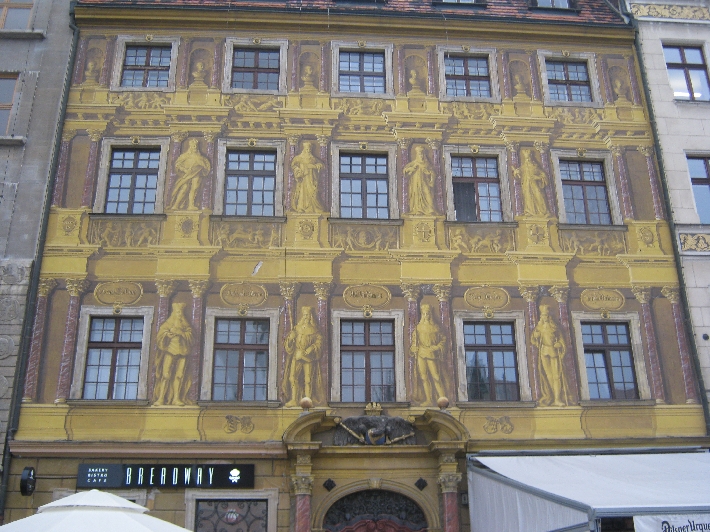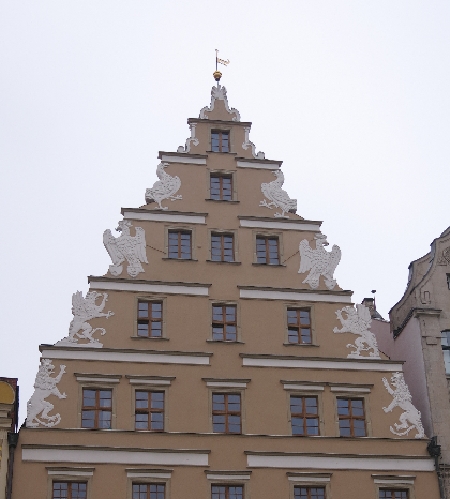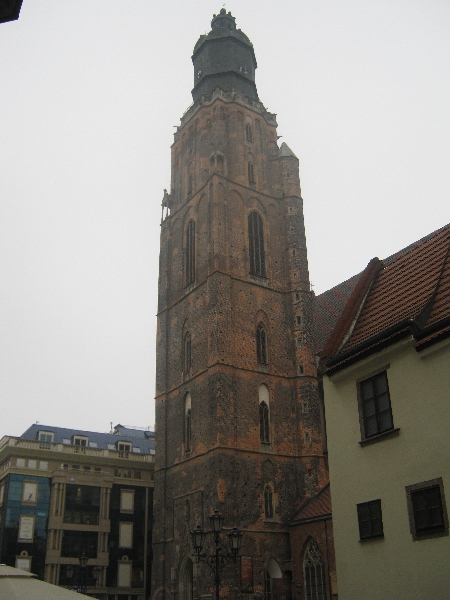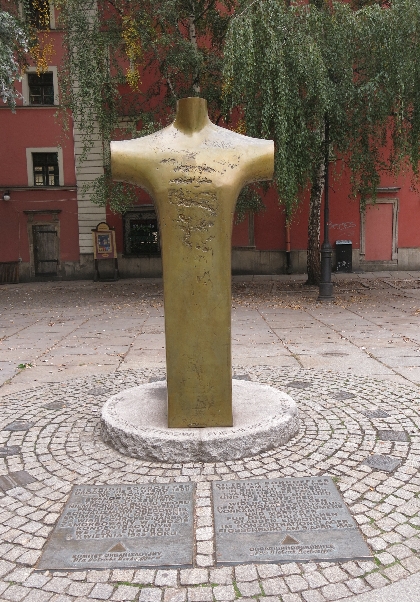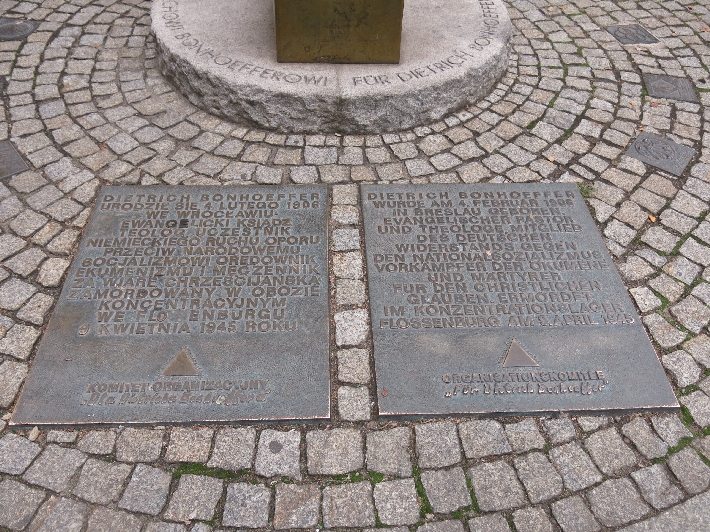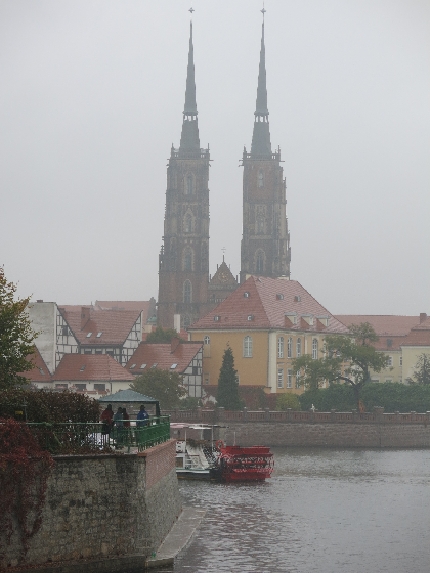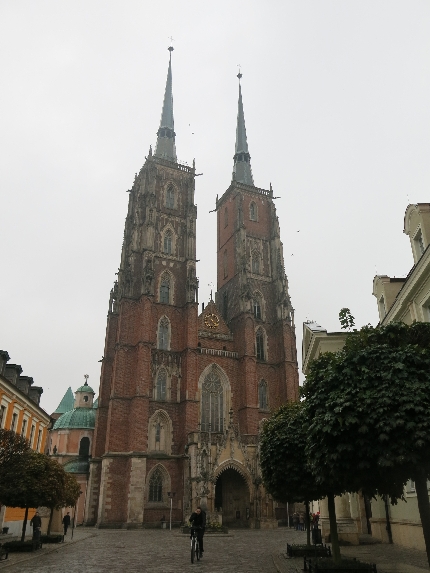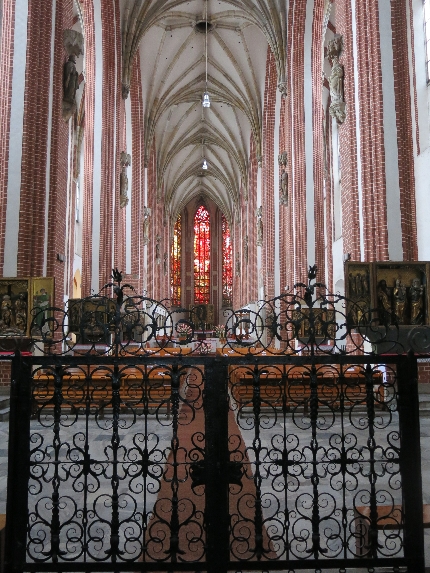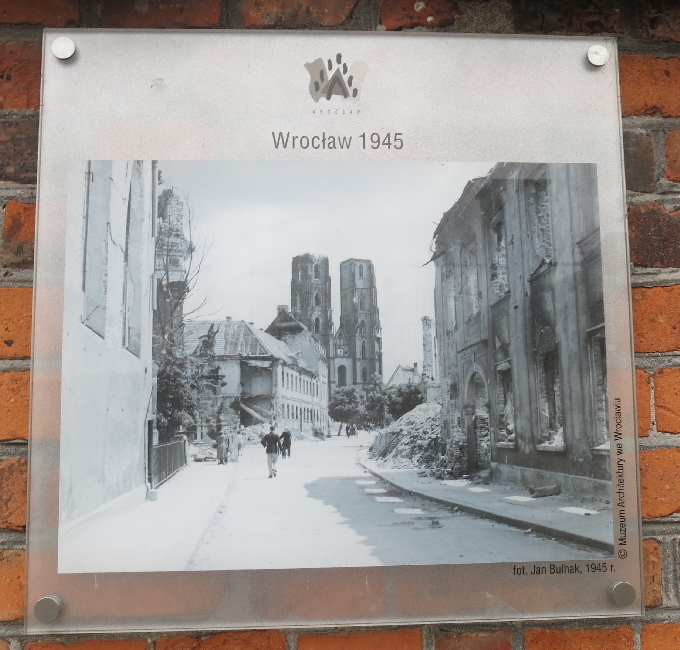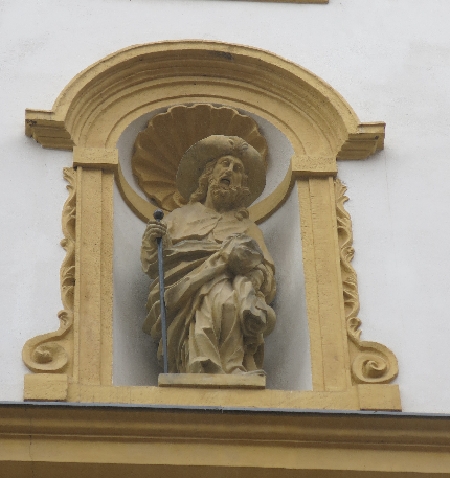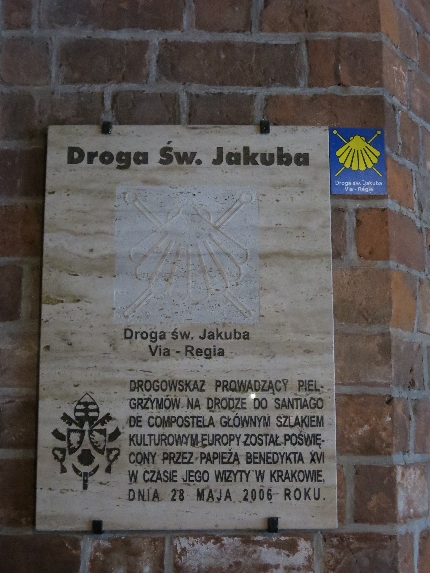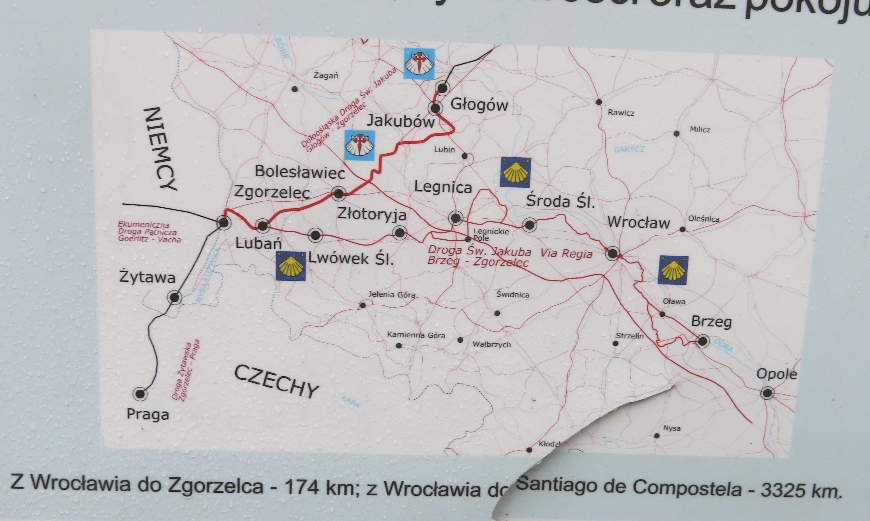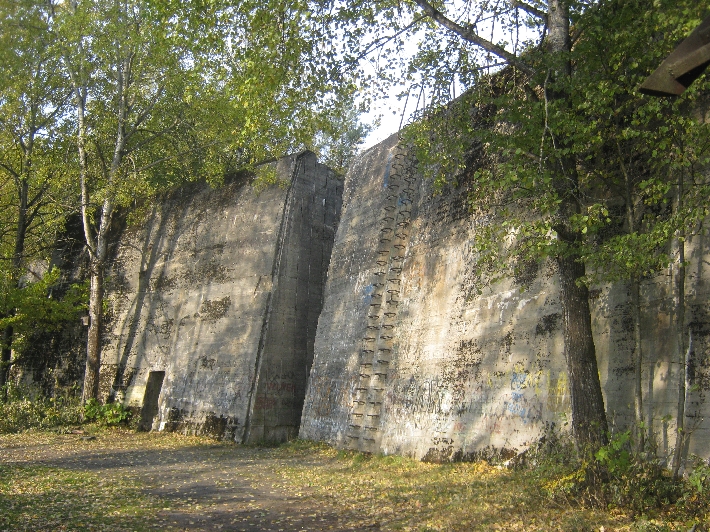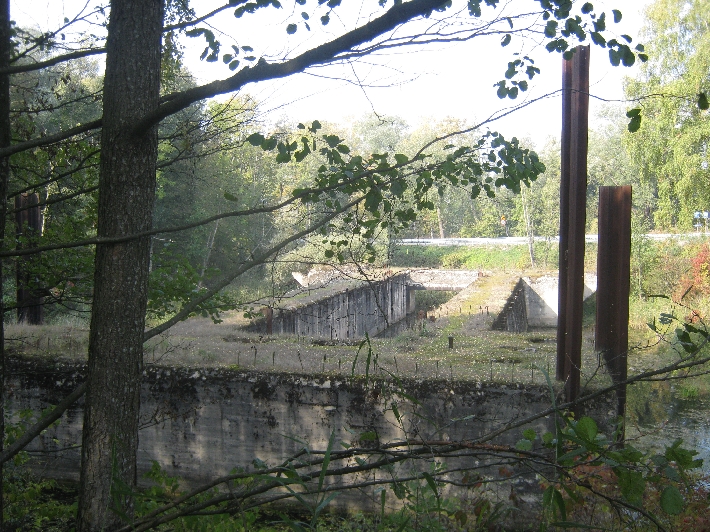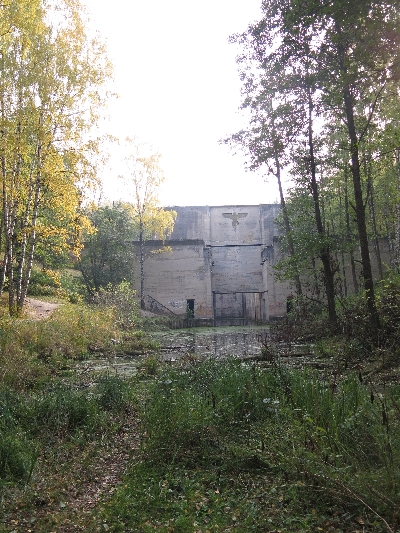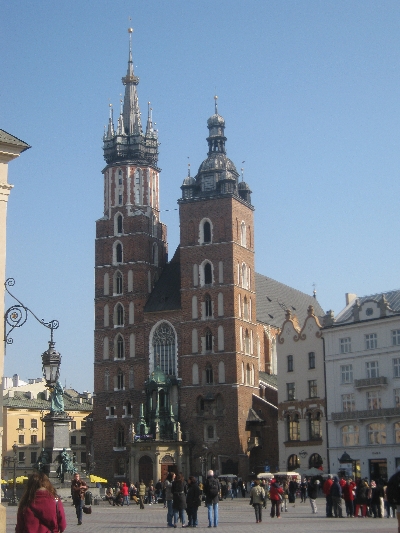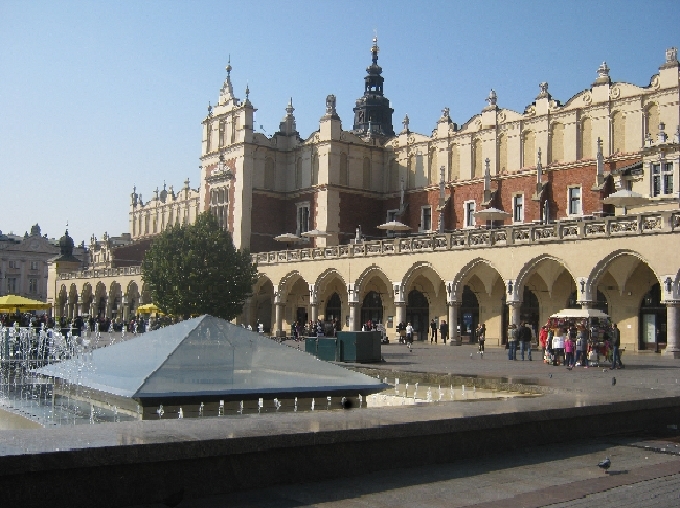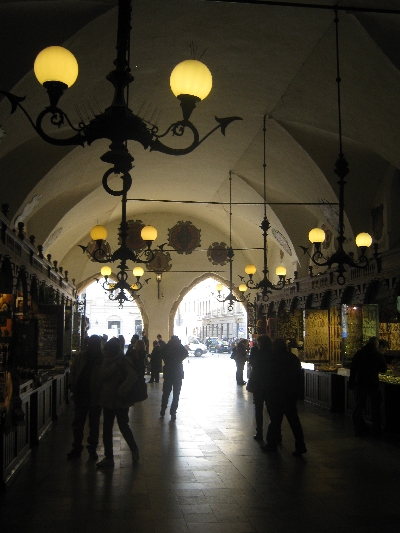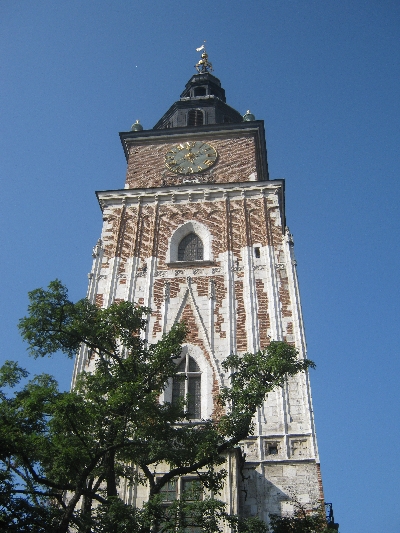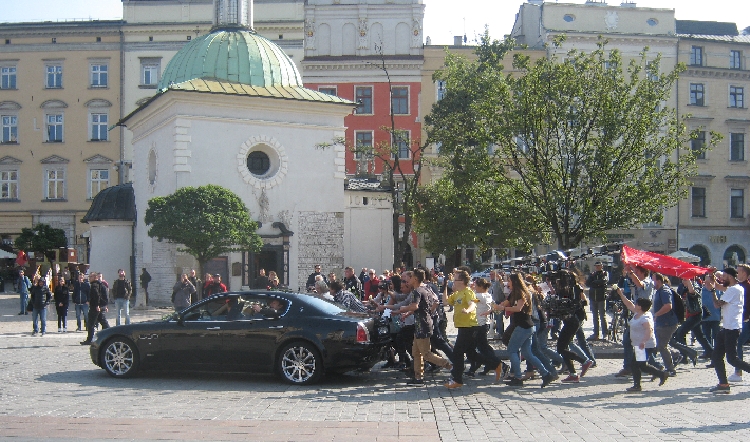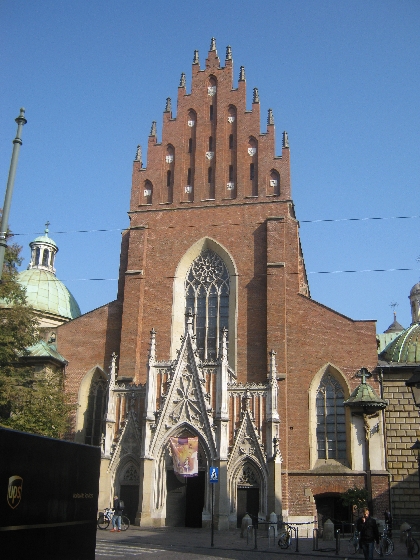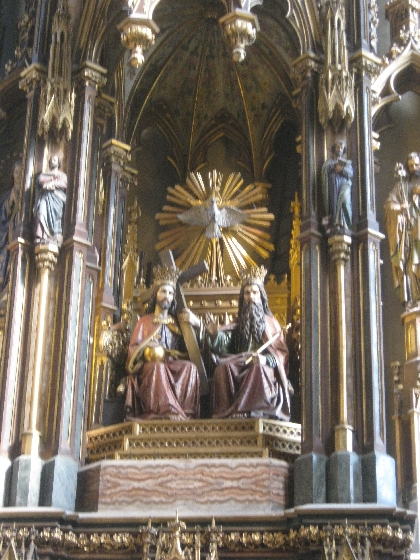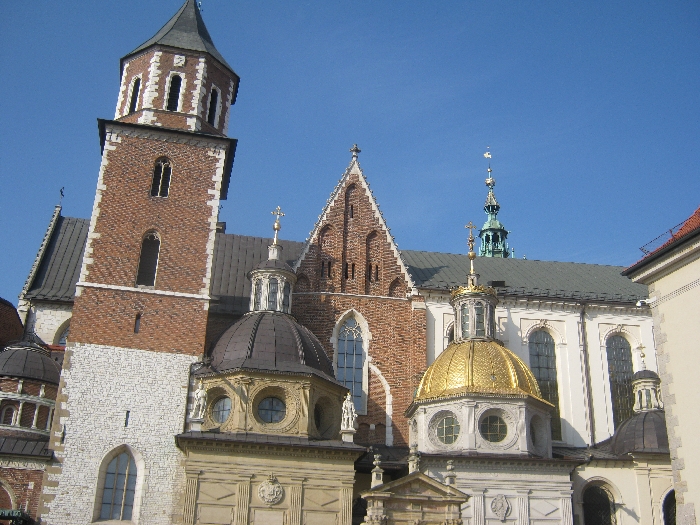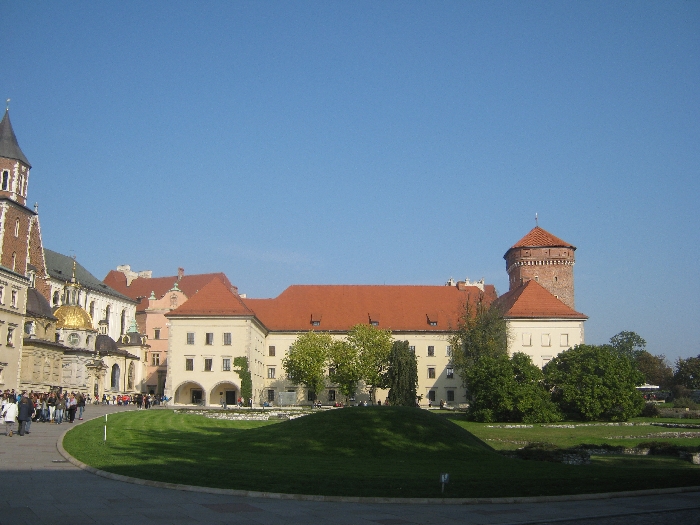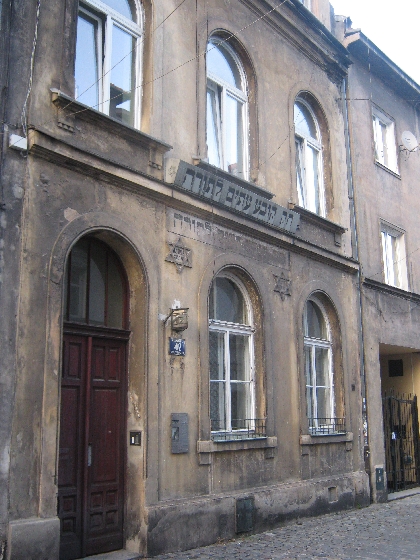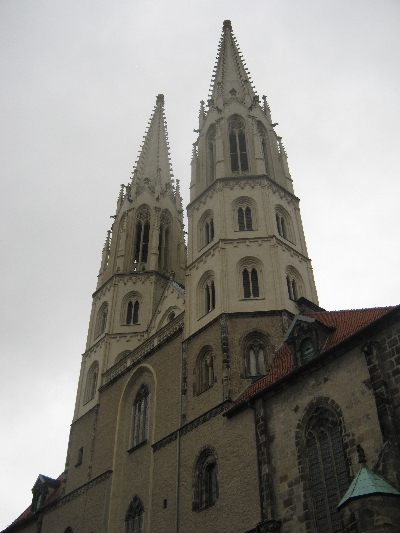
The town of Görlitz is located in the far south-eastern corner of Germany and is about two-and-a-half hours drive directly north from Prague. Back on Tuesday 18th August 2015, Sybille and I drove to Görlitz, in order to spend the following week walking the first part of Der Ökumenische Pilgerweg. This is the first of three long-promised posts about that week mentioned in my summary post entitled ‘All those things in the second half of 2015 that got missed‘.
Having securely parked the ‘Carly’ in the gated backyard of the Peregrinus Herberge, we spent the rest of Tuesday 18th August, exploring Görlitz, before setting out walking along our pilgrimage route the following morning. On Monday 24th August, we returned to Görlitz by train, from Kamenz, which we had reached on foot the previous evening, and decided to further explore Görlitz, before driving back to Prague the next day. On Tuesday 18th it was grey and cloudy, whilst on Monday 24th it was fine and sunny with blue skies. Therefore it is fairly easy to tell on which day the photographs illustrating this post were taken 🙂


Görlitz fortunately suffered relatively little physical damage during the Second World War. Post 1945, whilst part of the communist state of East Germany, it was rather grey and colourless. Since German reunification, many buildings have been redecorated and restored. It is now a very attractive place to visit and is beginning to realise its tourist potential.
The most prominent landmark in Görlitz, is the Protestant Church dedicated to St Peter and St Paul, with its intricate twin spires. It stands overlooking the Neiße river which now forms the border between Germany and Poland. Under the 1945 Potsdam Agreement, following the end of the Second World War, the border of Poland was moved westwards to the Oder-Neiße line. As a result, what used to be the eastern half of German Görlitz, is now the Polish town of Zgorzelec.

This relatively recently reconstructed bridge links the two towns.

The Ökumenische Pilgerweg, following the ancient Via Regia, begins on the bridge and links back to the ‘camino’ coming from Wroclaw in Poland.

This is the Untermarkt in the centre of Görlitz.

A side street with an ancient tower.

We discovered a couple of interesting businesses in Görlitz. This shop sells everything imaginable in relation to Christmas but is open all year round.

And if you have to feed the five thousand, this is where you clearly need to come 🙂

On sunny Monday 24th August, Sybille and I enjoyed some liquid refreshment on a terrace overlooking the bridge and the Neiße river. The young ladies serving us spoke German and we ordered auf Deutsch. But afterwards Sybille told me that they were Polish as she could tell by their accent 🙂
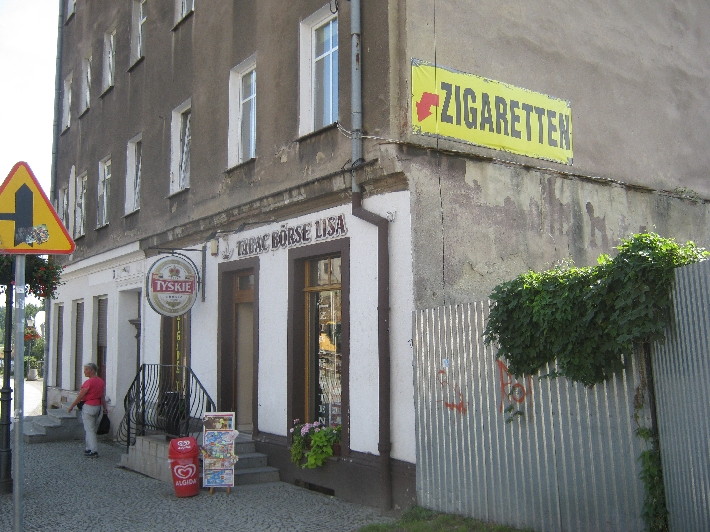
Suitably refreshed, we walked over the bridge into Poland. Clearly there is less tax on cigarettes in Poland than in Germany, hence the advertisement in German for cigarettes, on the side of a Polish shop 😉

We then walked south through part of Zgorzelec, parallel to the Neiße, before crossing another bridge to return to Germany, Freistaat Sachsen and Görlitz. With both Poland and Germany being EU members and part of the Schengen agreement, there were no border controls at all.


